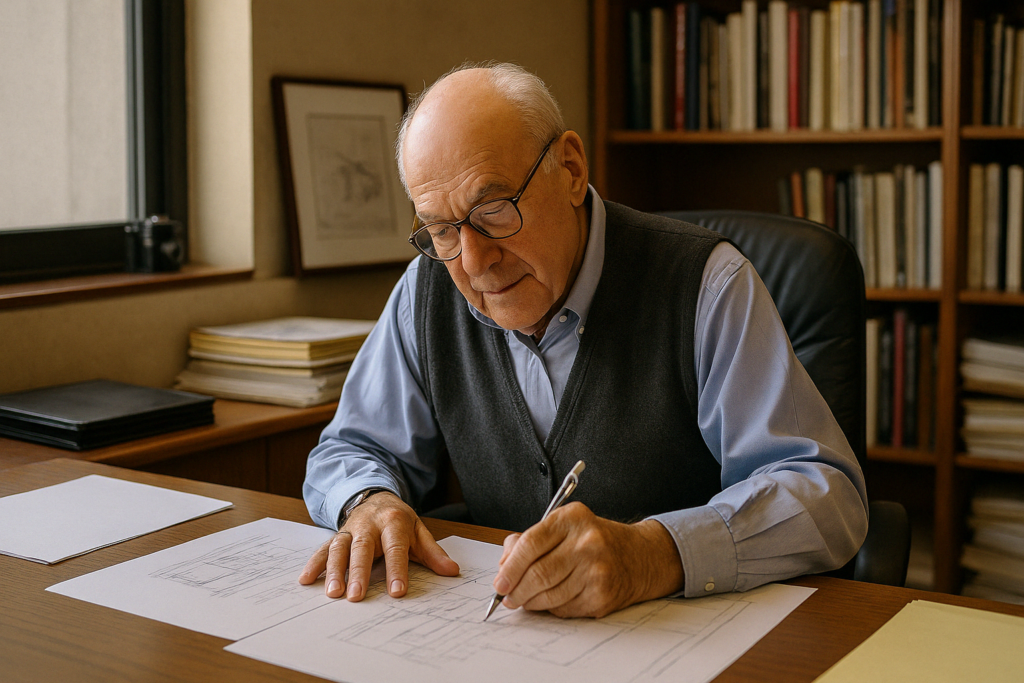
Abdol-Aziz Farmanfarmaian (1921–2013) was one of the most prominent and influential modern architects in Iran. His work had a profound impact on the development of modern architecture in the country throughout the 20th century. By blending traditional Iranian elements with modern Western architectural principles, he created a series of iconic and lasting works across Iran.
Education and Early Career
Farmanfarmaian studied architecture at the École des Beaux-Arts in Paris. After returning to Iran, he established his own firm, Abdol-Aziz Farmanfarmaian and Associates (AFFA). The firm quickly became one of the most influential architectural and engineering consultancies in the country.
Architectural Style
Farmanfarmaian’s design philosophy revolved around simplicity, geometric clarity, and the use of modern materials. He aimed to create architecture that was technologically advanced yet deeply rooted in Iranian identity. His projects reflect a minimalist, functionalist approach, infused with subtle references to local architectural heritage.
Landmark Projects
Some of his most significant works include:
Azadi Stadium (Tehran) – One of the largest and most iconic sports complexes in Asia (in collaboration with international engineers)
Mehrabad Airport Terminals – A redefinition of airport flow and passenger movement
Central Bank of Iran – A key institution’s symbolic and functional space
National Iranian Oil Company Headquarters – A modern corporate structure in the heart of Tehran
Initial design for Sharif University of Technology
Shahrak-e Gharb (Gharb Town) – A modern urban planning model in Tehran
Legacy and Influence
Farmanfarmaian was not only a master architect but also a forward-thinking urban planner. His designs prioritized long-term vision, human scale, and sustainable development. His influence is clearly seen in the next generation of Iranian architects, who often cite his work as foundational.
Conclusion
Abdol-Aziz Farmanfarmaian was a bridge between tradition and modernity. Rather than simply imitating the West, he offered a unique model of Iranian modernism that continues to shape architecture and urban design in Iran. His buildings are not only admired for their aesthetics but also for their functionality and thoughtful design.


No comments yet.